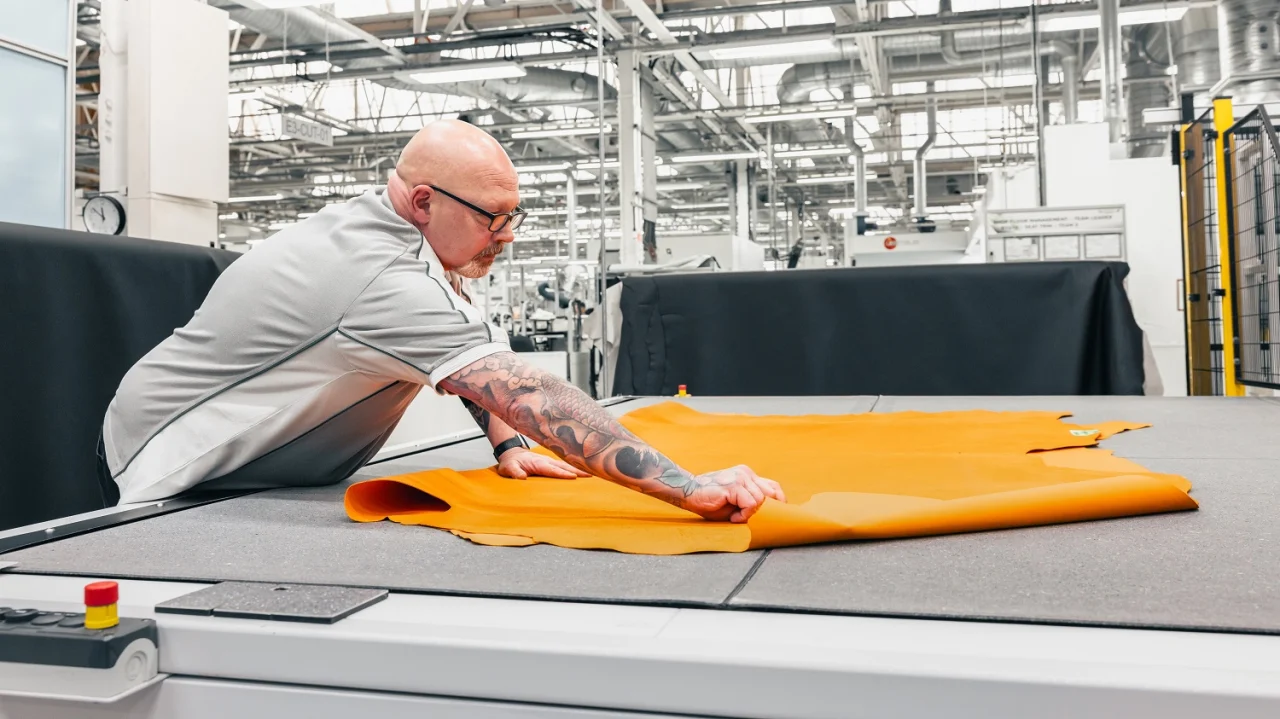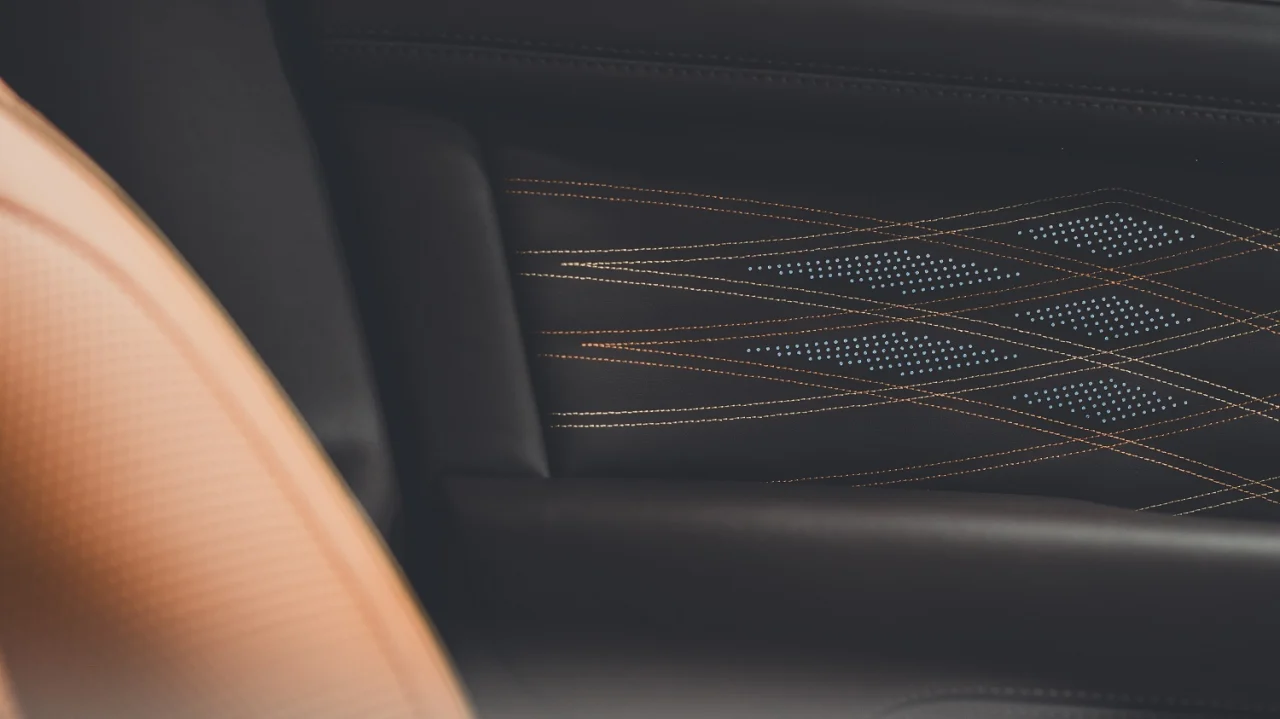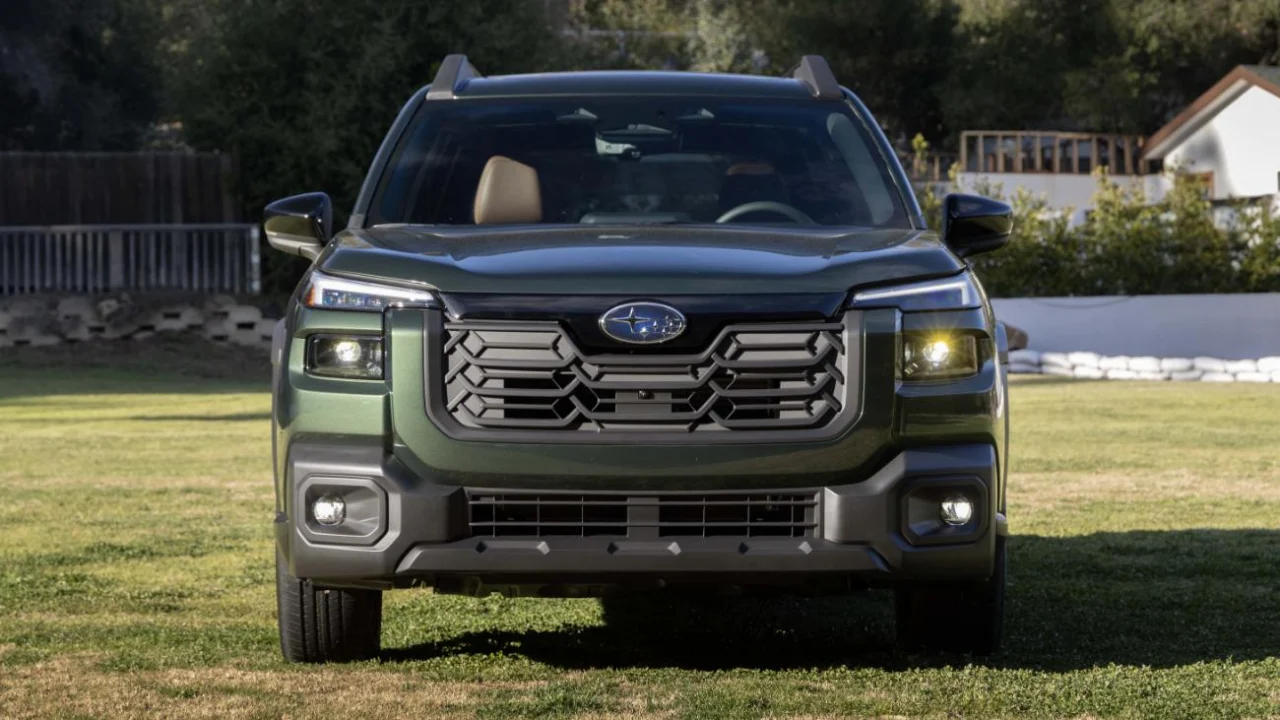(Photos courtesy of Bentley)
Artificial intelligence is not the stuff of science fiction any more. Today, AI is used for customer service, search engines, website design and, at Bentley, even the interior materials inspection process.

The British automaker is selective about the hides it uses in its ultra-luxury cars and SUVs, to say the least. It prefers leather from cattle that graze at high altitudes in Northern Europe, where insect bites that leave blemishes are less likely. Also, the cows there typically aren’t constrained by barb wire fencing, which can leave scars.

Despite this careful control of its materials, Bentley still has its artisans inspect the leather by hand. The time it takes to do that can add up, especially when you consider it takes 13 skins to furnish the interior of a Flying Spur and nine to line the cabin of a Bentayga.

As part of its Beyond100+ strategy, which “will see the company reinvent its entire product range to support a more sustainable, electrified future,” Bentley has incorporated AI into its Hide Inspection program. Combined with advanced cameras, the artificial intelligence will be able to spot imperfections that may be invisible to human eyes. Not only should this high-tech scrutiny yield even better materials, but it should also lead to faster materials processing and a reduction in waste and CO₂ emissions.

One thing AI can’t do for a Bentley’s interior? The hand-sewn details Bentley’s specialists add to each vehicle. Even if AI could pull that off, perhaps that would be a step too far for traditional Bentley buyers who value old-school craftsmanship.
Sun Apr 20 , 2025
Once a beacon of hope, the Outback is now just another face in the crowd



